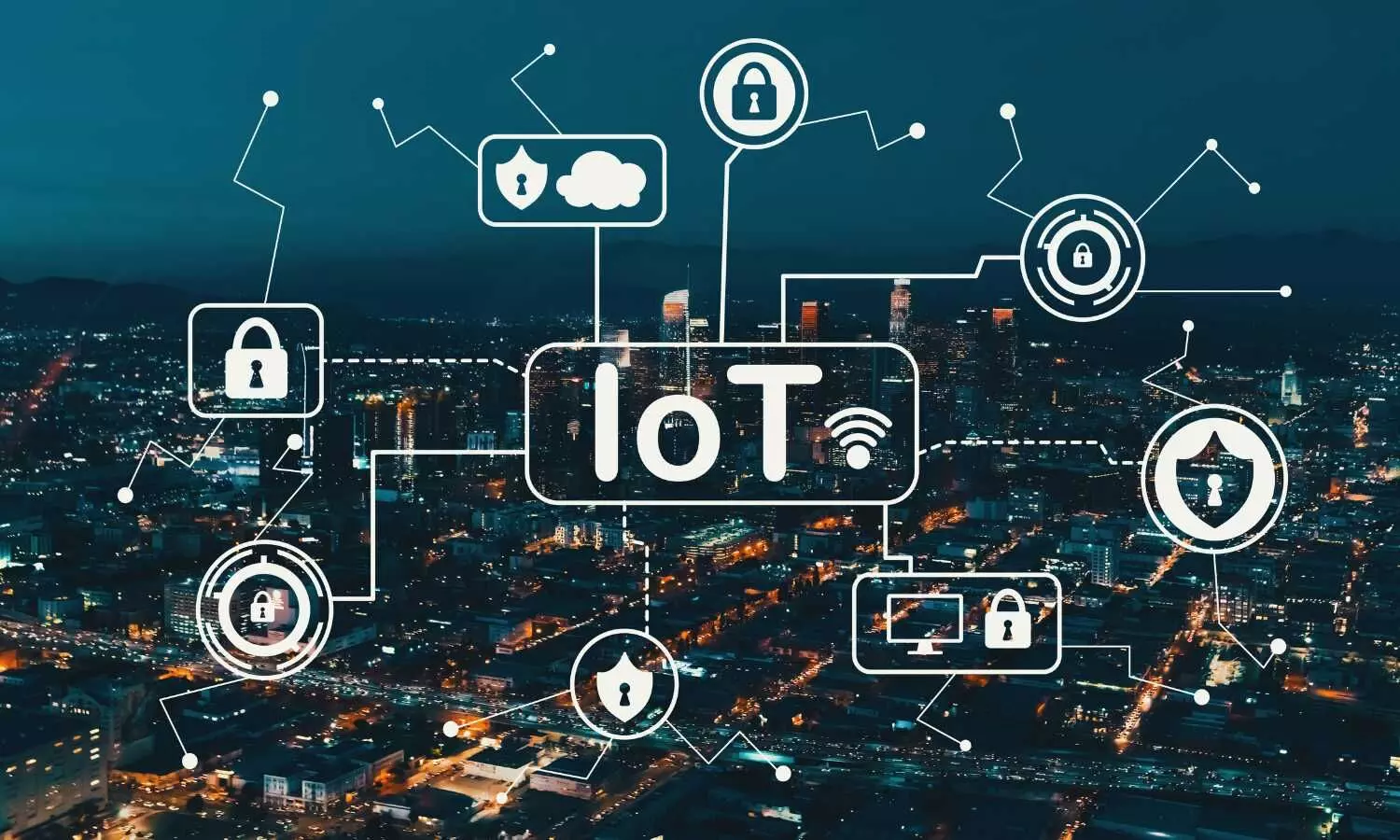The Role of IoT in Building Smarter, Sustainable Cities
Take a look at how IoT is transforming urban environments into smart cities.
The Role of IoT in Building Smarter, Sustainable Cities

The rapid urbanisation of the modern world is reshaping the way cities function. By 2050, an estimated 68% of the global population will reside in urban areas, driving increased pressure on existing infrastructure and resources. To address these challenges, municipalities worldwide are turning to smart city initiatives, with the Internet of Things (IoT) playing a pivotal role in creating data-driven, sustainable, and efficient urban environments.
IoT: The Backbone of Smart Cities
IoT connects devices, sensors, and systems to collect, analyse, and act upon real-time data, enabling cities to improve decision-making and optimise urban operations. The potential of IoT is vast, as evidenced by the growth of the IoT market in the Middle East and Africa, which is projected to surpass $30.2 billion by 2028, with a compound annual growth rate (CAGR) of 10.9% from 2023 to 2028.
This expansion highlights IoT's increasing influence on urban life, where interconnected devices help manage resources more effectively, reduce waste, and enhance overall quality of life.
The Synergy Between IoT and AI
While IoT forms the backbone of smart cities, its full potential is unlocked through integration with Artificial Intelligence (AI). The vast streams of data collected by IoT devices become meaningful when processed using advanced analytics and machine learning (ML) algorithms. AI-powered analytics help cities:
- Predict and Prevent Issues: Predictive modeling anticipates infrastructure failures and resource demands, allowing for proactive solutions.
- Detect Anomalies: AI identifies irregularities in environmental conditions or security systems, enabling timely responses to potential hazards.
- Enhance Resource Management: By analysing patterns, cities can efficiently allocate resources such as energy, water, and public services.
This synergy fosters innovation, sustainability, and responsiveness, transforming cities into smarter and more adaptive ecosystems.
Foundational Components of a Smart City
The successful implementation of a smart city relies on several interconnected technologies and systems:
1. Sensor Networks: Environmental sensors, traffic monitors, intelligent meters, and surveillance systems gather real-time data to provide actionable insights.
2. Data Integration and Analytics: Consolidating diverse data streams—from legacy systems to citizen-generated information—enables comprehensive urban planning.
3. Scalable Storage and Computing: High-performance computing and secure storage solutions process massive datasets, ensuring reliability and speed in decision-making.
Technologies Driving Smart Cities
Edge Computing
Edge computing processes data closer to its source, minimising latency and enhancing system performance. By offloading computational tasks from centralised data centers to edge devices, cities can make real-time decisions for critical applications like traffic management and emergency responses.
Digital Twins
Digital twins are virtual replicas of physical infrastructure that simulate scenarios for urban planning, resource allocation, and disaster preparedness. These models, often visualised in 3D, allow cities to optimise their operations and plan for the future effectively.
Connectivity Solutions
Advanced connectivity solutions form the backbone of IoT in smart cities:
- LPWAN (Low-Power Wide-Area Networks): Technologies like NB-IoT and LoRaWAN enable efficient, long-range communication for IoT devices.
- Satellite Connectivity: Low-Earth Orbit (LEO) and other satellite systems provide coverage for remote areas, ensuring widespread IoT functionality.
Real-World Applications of IoT in Smart Cities
Several cities worldwide have successfully integrated IoT into their operations:
- Barcelona: An extensive network of sensors monitors traffic, air quality, and noise levels, enabling data-driven urban planning.
- Dubai: The Jumeirah Lakes Towers district uses a smart platform featuring 5G networks, parking sensors, and 24/7 monitoring to improve community living.
- Singapore: Sustainability initiatives include greening 80% of buildings by 2030, a robust CCTV network for public safety, and innovative waste management practices.
Additionally, real estate developers are incorporating IoT into their properties to optimise energy use, enhance building efficiency, and improve resident experiences. For example:
- Energy Efficiency: Monitoring systems optimise HVAC and appliance energy consumption.
- Smart Homes: IoT-enabled devices allow remote control of lighting, temperature, and security, enhancing convenience and cost savings.
Challenges and Considerations
While IoT offers transformative benefits, several challenges must be addressed:
- Cybersecurity: Securing vast networks of connected devices requires robust protocols and ongoing vulnerability assessments to prevent data breaches.
- Privacy Concerns: Transparent governance and user consent mechanisms are vital to balancing data collection with citizen privacy.
- Interoperability: Standardised data formats and communication protocols are essential for seamless integration across diverse IoT systems.
The Future of Smart Cities
IoT's role in shaping smart cities extends beyond improving infrastructure. By optimising operations, reducing costs, and enhancing quality of life, IoT is redefining urban living for future generations. Cities that invest in IoT technologies today are positioning themselves as hubs of innovation, sustainability, and efficiency, creating a blueprint for the cities of tomorrow.
As urbanisation accelerates, the integration of IoT with other emerging technologies will continue to unlock new possibilities, transforming the urban landscape into smarter, more sustainable environments.

